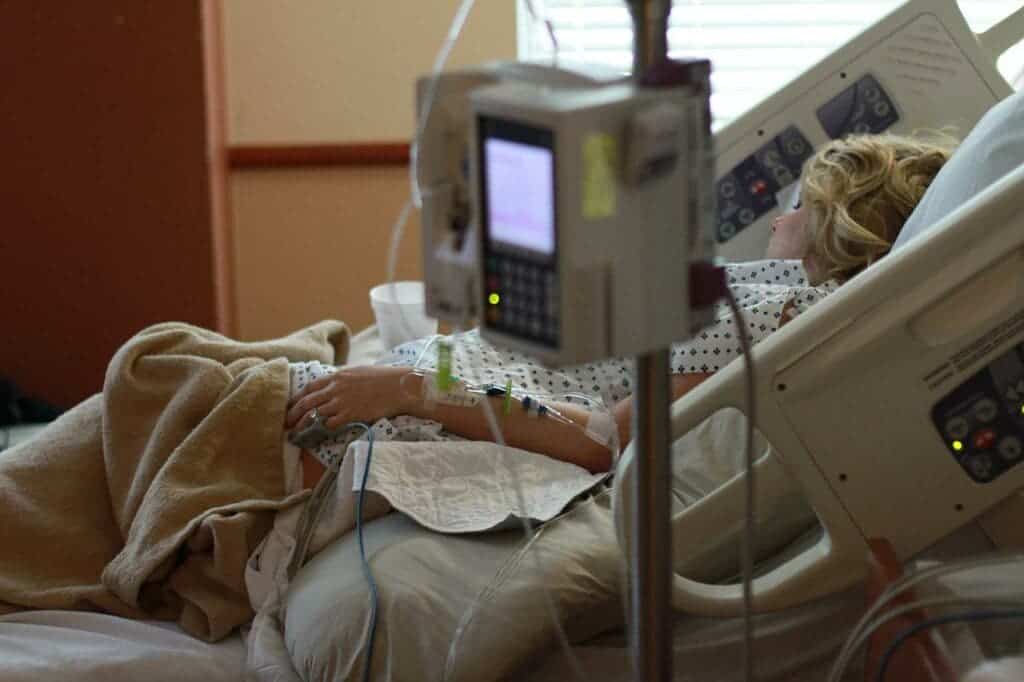The plight of coronavirus patients isn’t over after they are discharged from the hospital. According to new research, almost all such patients will experience “Long Covid”, showing symptoms even one year after first being infected with the virus.

The emergence of the coronavirus has significantly altered the world and our way of life over these past two years. And, despite our attempts to corral and control it, the global society is still feeling the effects of the virus. According to new research at the Erasmus University Medical Center (MC) in Rotterdam, Netherlands, individuals that have contracted the virus are going through the same experience.
According to the findings, some 92% of patients experience “Long Covid”, with symptoms persisting even one year after hospitalization.
Too much of a bad thing
“What is striking is that there is virtually no improvement in the complaints. These are persistent complaints that greatly impact the quality of life and apparently do not respond well to the current treatment offered,” said research leader and lung specialist Merel Hellemons of Erasmus MC.
Among the most common symptoms of Long Covid are pain, shortness of breath after exertion or exercise, severe fatigue, as well as issues with memory and concentration.
Compared with other studies on Long Covid, the team only looked at data for patients who had to be hospitalized. The findings are based on a study of 650 patients hospitalized between July 2020 and July 2021 due to the coronavirus at Erasmus MC, Rijndam Rehabilitation, and care institution Laurens. All patients were locals in the Rijnmond region around Rotterdam.
The results point to a clear difference between hospitalized patients and those who recovered at home on their own. The most striking difference was that hospitalized patients had an overwhelmingly higher rate of Long Covid compared to others. Three months after admission, 97% showed lingering symptoms, dropping to 95.5% after six months and 92% after one year.
No significant differences were found between the patients admitted to regular wards or those that required intensive care.
For context, other research teams working with mixed patients (both hospitalized and those that recovered at home) in the same area found that only 1-in-8 people showed signs of Long Covid five months after becoming infected. The paper cites previous research, published by the Dutch National Institute for Public Health and the Environment (RIVM) in June which reported that around 1-in-2 coronavirus patients still showed symptoms three months after infection. Data obtained elsewhere seems to back these numbers up; similar research based on roughly 1,000 patients in the USA found that around 1-in-3 developed Long Covid.
It is not exactly clear yet why the incidence rates of Long Covid are so high among hospitalized patients; nor do we understand why a few don’t seem to suffer the same fate. These factors will need to be elucidated by further research and will, hopefully, guide us to developing new avenues of treatment for the condition.
“The long-term effects of Covid-19 are underestimated. Rehabilitation helps on a physical level, but the other persistent complaints ensure that people can no longer take on their daily lives,” said Hellemons.
Part of the difficulty in tackling Long Covid is the lack of clarity on exactly how to diagnose such cases. “Its prevalence has been difficult to estimate mainly because of the lack of a single way to identify cases and other factors such as demographics and when the data was collected,” my colleague Fermin wrote back in April.
That being said, we have made some headway into the causes of Long Covid since then. According to researchers from the University of Southampton, the condition may be “linked to persistent microclots that trap inflammatory molecules.”
The paper “Physical recovery across care pathways up to 12 months after hospitalization for COVID-19: A multicenter prospective cohort study (CO-FLOW)” has been published in the journal The Lancet Regional Health Europe.









